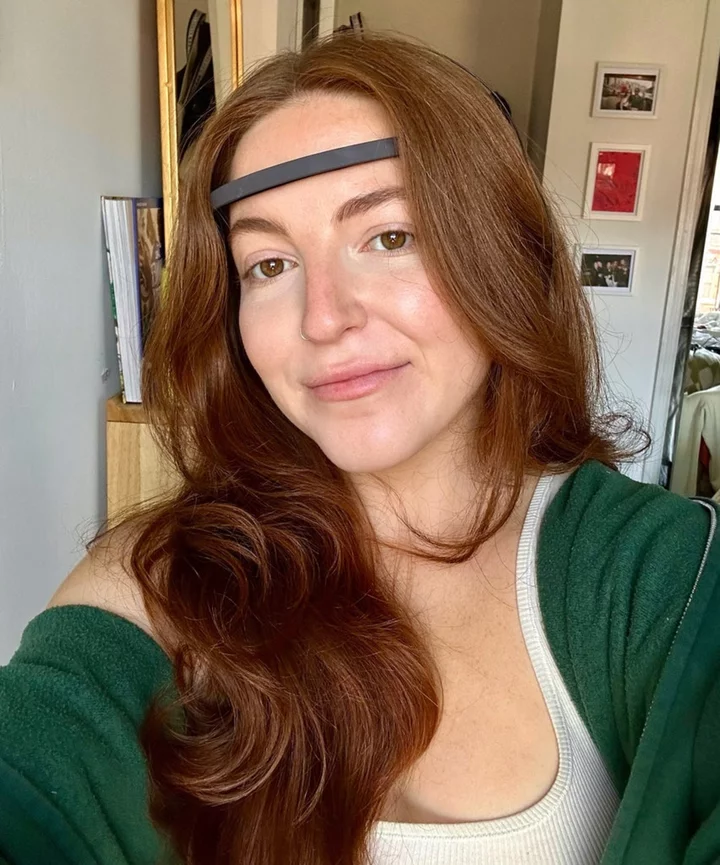Humblebrag incoming: I’ve always considered myself to have a sharp mind. I can think on my toes, have no trouble getting tasks done, and can often put two and two together before the next person even realizes there’s two to begin with. But recently, that hasn’t been the case. For almost a year now, brain fog has taken over my life, and my mind hasn’t been up to par with the alertness of my past. Brains need to be kept healthy — just like any other part of our body — to be able to do their jobs, and do them well. So what’s wrong with mine?
The interest in brain health isn’t just coming from me — it has been steadily increasing over time. While there isn’t exactly a universally recognized definition, the World Health Organization says that it’s “the state of brain functioning across cognitive, sensory, social-emotional, behavioral, and motor domains, allowing a person to realize their full potential over the life course, irrespective of the presence or absence of disorders.”
“Optimal brain health allows us to process information quickly, make decisions, recall memories, and engage effectively with the world around us,” says Drew Pierson, DOAM, head of applied neuroscience at Sen.ai, a brain health tech company. “When the brain is functioning well, it leads to improved cognition, emotional regulation, and better overall health.” But when the brain isn’t functioning well, it can lead to cognitive decline, mood disorders, and impaired daily functioning.
As I sit and write this, I feel like I’m swimming through a thick fog just to get my thoughts onto the page in coherent, easy-to-understand words that can be read and deciphered by a large audience (hi!). My mind feels clouded and heavy — it’s a daily fight, getting my brain to do what it’s supposed to do and staying concentrated on tasks. I’ve also been struggling to remember things, from ideas to dates to plans I had the night before or what I ate for breakfast. I’d do anything to feel that kind of sharp, mental clarity again. So when an email came across my inbox about trying out Modern Age’s “brain camp” program, I jumped at the chance.
The main goal of this brain camp is to train your brain to behave differently by using neurofeedback, which is a process “that employs real-time monitoring and modulation of brain activity,” says Anant Vinjamoori, MD, chief medical officer at Modern Age. So, no, I didn’t pack my bags and head into the great outdoors to head to camp — I was situated in the comfort of my own home, with a headset on and my phone in hand.
This program specifically uses an electroencephalography (EEG) Muse headset and the Myndlift app, although there are other programs out there that you can try with different equipment at different price points. Some other options include Sens.ai, which charges $1,395 for the headset and a year long subscription to their app, and Mendi, which charges $299 for the headset while their app is free. Modern Age currently charges $600 for their program, which includes the headset, app, and access to a clinician through the duration of “camp.” If you don’t want to go through Modern Age, you can purchase the app and the headset in a package directly from Myndlift, which will cost you $272 a month.
For Myndlift in particular, the “participants engage in tasks requiring cognitive focus, such as playing an interactive game or watching a video,” Dr. Vinjamoori says. The EEG device then measures your brain wave patterns and provides feedback to the user instantly, which can manifest as the screen getting brighter or darker or the sound getting louder or quieter. “By allowing users to have an audio-visual experience of their brain wave patterns in real-time and guiding them to change or modify these patterns, neurofeedback aims to train individuals to regulate their brain function,” Pierson says.
After receiving my headset, I attached the neuron to several spots on my head for the orientation and initial assessment. You need to use a conducting paste to tether the neuron to your scalp, which is arguably the worst part (it gets stuck in my hair, okay?). It mapped out my brain wave patterns, which were then sent to Dr. Vinjamoori to review. Leading up to our call, I felt a bit exposed — he could basically see inside my head, after all.
Brain waves are rhythmic patterns of activity in our brain — you can think of them as literal waves in water that ebb and flow in cycles. Your brain waves are different when you’re deep in sleep than when you’re deeply concentrated on a work task, and they even synchronize with others around us (which is one of the most endearing things I’ve ever heard in my life). They can be registered and measured by EEG devices, and the five common types of brain waves are alpha, beta, gamma, delta, and theta, and they all move at different speeds and signify different things (e.g. delta waves usually represent sleep, gamma waves usually represent learning and problem solving).
My assessment revealed that the ratio between my beta and theta waves is off, with my theta being high and my beta being low. Beta waves usually represent alertness, focus, and our attention while theta waves are associated with creativity, anxiety, insight, and distractibility. This off-kilter ratio is often associated with distractibility and concentration problems, according to Caroline Leaf, PhD, cognitive neuroscientist and author of Switch on Your Brain and Cleaning Up Your Mental Mess — but she says it’s not quite that simple. Referring to the Goldilocks principle in this context, Dr. Leaf says that people can have similar brain wave patterns but have entirely different levels of concentration. “There is no normal brain,” she says. “It’s unique for every person.” While this ratio being off is relatively common — kind of like how almost everyone has low vitamin D and cis women tend to have low iron — it’s not optimal.
So, I started brain camp. The Myndlift app has a number of options to choose from for the trainings, from games to even watching TV. I chose what I gathered to be the easiest and most entertaining: watching Selling Sunset (the perfect mind-numbing show for brain camp, IMO). As the episode played, the volume and brightness increased and decreased depending on the state of my brain waves — when they were out of whack, the screen got darker and the sound got lower, and when my brain waves were at a “good” or “normal” level, Selling Sunset then returned to normal. This is related to operant conditioning — our brains crave balance, so when something like the volume or brightness gets out of whack, the brain fights for it to return to “normal.”
This is all happening subconsciously — you can’t think your way into “winning” these training sessions, although I personally tried to concentrate extra hard when the volume of Chrishell and Nicole’s fight started to dip (IYKYK).
After my 18-minute session was over, my first day was complete. I explored the app a bit more and started another training, one where a small cartoon spaceship was flying through the sky. When my brain waves were normal, the spaceship would rise — but when they were off, the spaceship would sink. Modern Age provides two months of training with their specific program with the suggestion that you complete four sessions each week. But proponents of neurofeedback say it’s never really over — it’s something that should be done pretty consistently.
Still, there are people who doubt the efficacy of neurofeedback entirely. According to a meta-analysis from 2020 that analyzed 17 studies relating to neurofeedback, the “data suggests a positive impact of [neurofeedback] on brain and behavioral outcomes, although more research is needed to determine how [neurofeedback] works, for whom, and under what circumstances.” And while neurofeedback has not been specifically proven to change our brains for the better, the evidence appears to be promising.
Of course, you don’t need to invest in this specific program to keep your brain healthy — $600 is a lot of money, after all. Dr. Vinjamoori says that the most important part of keeping our brains healthy is establishing a mindfulness practice (which, in my opinion, is easier said than done). There are also the basic things that every doctor will tell you to stay healthy that contributes to optimal brain health: Exercising regularly, eating healthy, drinking water, keeping yourself mentally active, and sleeping well.
For now, I’m going to keep up my brain camp practice as well as I can — beyond the paste getting stuck in my hair, it’s easy to do and doesn’t feel like a burden. And, let’s be real — being able to fix my brain fog and watch the new season of Selling Sunset? It’s a win-win.









